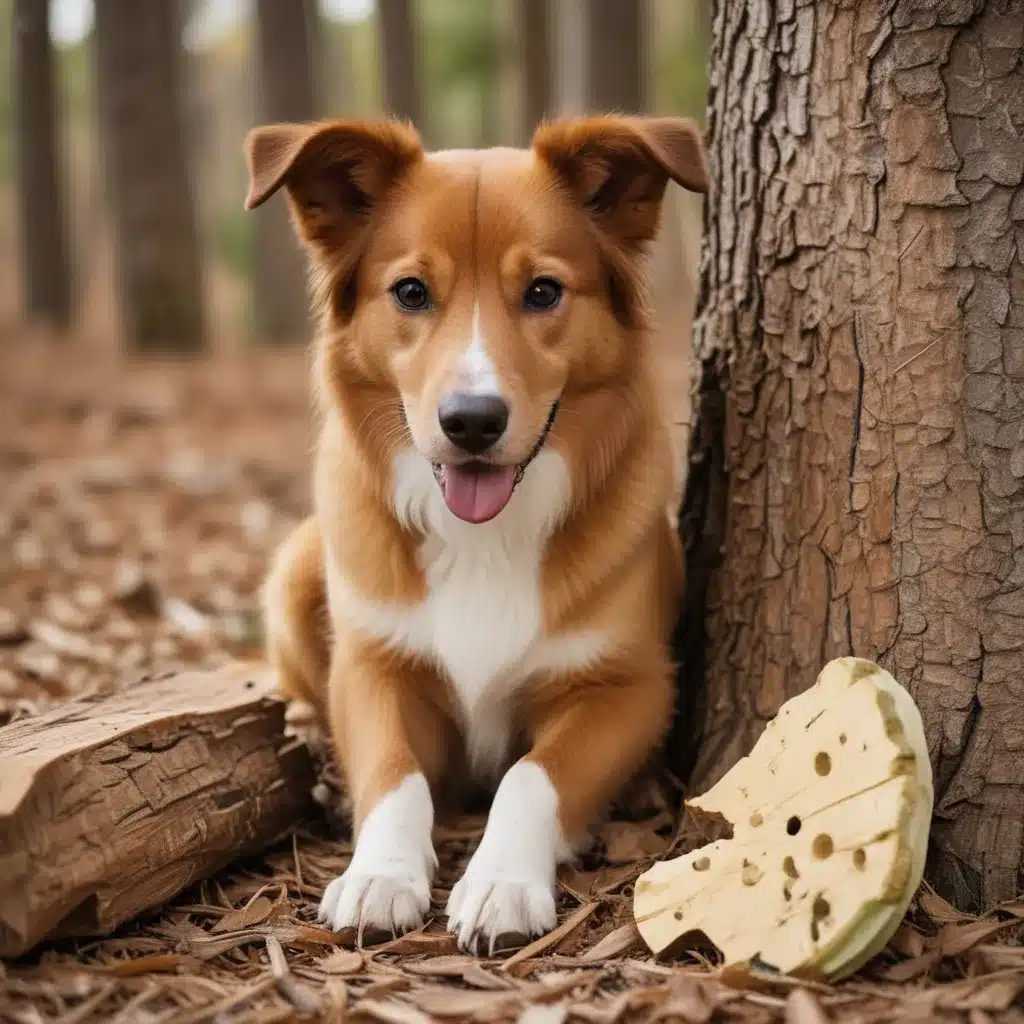
Ruff Times Ahead: Navigating the Perils of Wooden Dog Toys
As a proud dog owner, I know the importance of keeping our furry friends entertained and stimulated. One popular way to do this is through chew toys, which provide mental and physical enrichment. But what if I told you that some of the most common wood-based chews could actually be putting your pup in danger?
The Splinter Threat: Understanding the Dangers of Unsafe Woods
I’ll never forget the day my pup, Rufus, came trotting over with a suspicious-looking stick in his mouth. Being the curious canine he is, he’d been happily gnawing away, completely unaware of the potential hazards. When I took a closer look, my heart sank – the stick had begun to splinter, and I knew I had to act fast to prevent a trip to the vet.
Wooden chews and toys can pose a serious threat to our four-legged friends. As dogs sink their teeth into these items, the wood can break off into sharp, jagged pieces that can become lodged in their throat, puncture their digestive tract, or cause other life-threatening injuries. According to the Foundation Dog Training blog, even seemingly harmless items like unpolished wooden doorstops can be dangerous if a dog decides to make a meal of them.
Separating the Safe from the Hazardous: A Guide to Dog-Friendly Woods
So, what’s a responsible pet parent to do? The good news is that not all wood is created equal when it comes to dog toys and chews. Some species are much safer than others, and with a little research, you can make informed choices to keep your pup happy and healthy.
Let’s start with the woods you’ll want to avoid at all costs:
| Unsafe Woods | Why They’re Dangerous |
|---|---|
| Pine | Soft, splintery, and can cause digestive issues if ingested |
| Cedar | Contains oils and compounds that can be toxic to dogs |
| Oak | Hard, brittle, and prone to splintering |
| Walnut | Contains juglone, a natural compound that can be harmful to dogs |
On the other hand, there are some wood varieties that are much safer for our canine companions:
| Safer Woods | Why They’re a Better Choice |
|---|---|
| Maple | Dense, slow-growing, and less likely to splinter |
| Cherry | Naturally smooth and rounded, reducing the risk of sharp edges |
| Birch | Soft, pliable, and less prone to breaking apart |
| Rubber Tree | Flexible and durable, with a rubbery texture that’s easy on the gums |
At iHaveDogs.com, we’re committed to providing our furry friends with the safest, most enriching toys and chews possible. That’s why we carefully curate our selection to ensure it’s free of any potentially hazardous materials.
Keeping Tails Wagging: Tips for Responsible Chew Toy Selection
Of course, even with the right wood choices, it’s essential to keep a close eye on your dog while they’re enjoying their chew toys. As the team at Pupford notes, some pups are more aggressive chewers than others, and what might be safe for one dog could quickly become a disaster for another.
My advice? Start with smaller pieces, supervise playtime, and be ready to swap out the toy if you notice any signs of splintering or wear. And remember, regular dental checkups can help identify any issues before they become a serious problem.
Conclusion: Prioritizing Safety in the Pursuit of Playtime
At the end of the day, our dogs’ well-being is the top priority. While wooden chews and toys can be a fun and enriching part of their lives, it’s crucial to choose our materials wisely and remain vigilant. By staying informed and making responsible choices, we can keep our furry friends safe, happy, and ready to tackle their next adventure – stick-free and splinter-proof.

